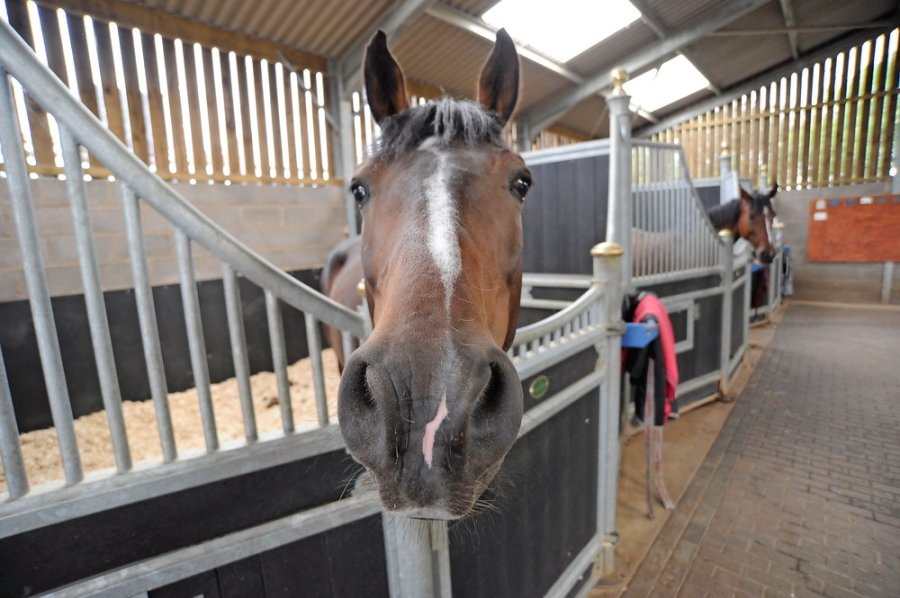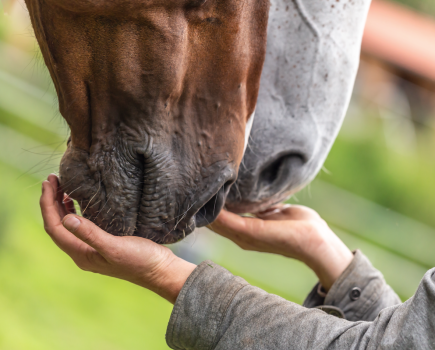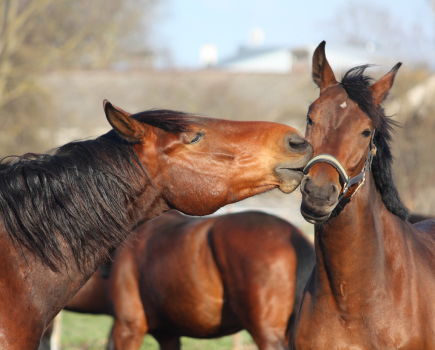Getting your horse’s diet right can be tricky at the best of times but getting it right during times of rest and recuperation can be even more challenging.
Whether he’s on box or paddock rest, it’s important to consider any potential diet changes he might need.
1. Make changes to his diet slowly
First and foremost, any changes to diet should be made as gradually as possible in order to allow time for your horse’s digestive system to adjust.
2. Cut down his carbs
On box rest your horse will obviously be much less active and will therefore use far less energy.
To account for this, decreasing his intake of simple carbohydrates in the form of sugar and cereals is important.
This will reduce his overall daily calorie intake, encourage your horse to be quieter in his stable and avoid undesired weight gain -particularly important in good doers.
3. Keep his gut moving
Another challenge presented by box rest is the lack of movement.
Moving around naturally encourages bowel movements, whereas standing still for prolonged periods of time can increase the risk of problems such as colic due to gas build-up or digestive impactions.
To combat this, feeding plenty of fibre can help to offset this risk by promoting the normal healthy passage of food through the digestive system.
Many vets also recommend probiotics to help support the normal bacteria of the gut and digestion.
4. Transition from hay to grass slowly
Grass is both easier to digest and has a much higher water content than hay or haylage and so taking a horse off grass suddenly and replacing this with hay or haylage, you increase the amount of indigestible fibre in their diet.
This can be a problem for horses who are less efficient at digesting (poor doers) as they may struggle to get as much nutrition from hay compared to grass.
Feeding haylage, which is usually harvested earlier than hay and thought to be more digestible, can help, as can adding in chopped fibre feeds which are based on grass, or supplying your horse with freshly picked grass each day can help to ease the transition from grazing to box rest.
To make up for the lost water intake, wetting the hay, and providing plenty of fresh water is very important to help prevent further problems such as impaction colic.
There are different ways to approach wetting hay.
To simply add moisture you can use a hose to wet the hay for a few minutes, which is ideal for poor doers.
Alternatively, soaking hay for several hours can reduce the carbohydrate content (as you would with a horse or pony prone to laminitis) which means you can trickle-feed a large quantity (better for good-doers).
5. Add enrichment to his stable
It’s no surprise that box rest can lead to boredom and while you don’t want your horse to be buzzing around his box – which could lead to re-injury or slowing of the healing process – you do want him to be entertained.
Treat balls, with low-calorie treats or other forms of stable enrichment such as toys and licks, can help.









